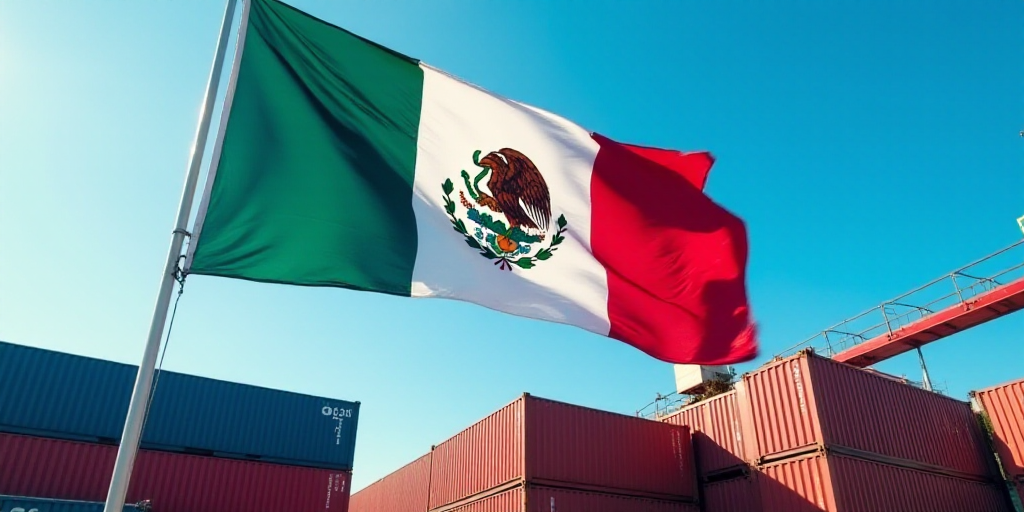Key Insights from COMCE Noreste’s Report
According to the Consejo Mexicano de Comercio Exterior (COMCE Noreste), despite the implementation of tariffs, Mexico’s exports grew by 4% and imports increased by 1.3% in the first quarter compared to the same period last year. This growth in exports is attributed to businesses anticipating tariff uncertainties by expediting shipments to the United States, as stated by COMCE Noreste’s president, Jesús Herrera Caso.
Export and Import Growth Details
- Exports: Grew by 4% in Q1, driven by anticipation of tariff uncertainties and expedited shipments to the US.
- Imports: Increased by 1.3% in Q1, but capital goods imports fell by 7.3% nationwide.
Capital Goods Investment and Its Impact
Andrés Franco Zaldívar, the general director of COMCE Noreste, noted that although import growth was slower than export growth in Q1, capital goods imports dropped by 7.3% across the country. He emphasized that this reflects the pause in investment decisions due to tariff uncertainty, which affects the balance of trade regarding capital goods importation.
Regionalization Opportunities in North America
Jesús Herrera Caso, COMCE Noreste’s president, observed a trend toward forming a North American bloc. He explained that with high tariffs expected from Asian countries, Mexico will become an attractive destination for relocation. There are signs of companies visiting Nuevo León to establish themselves, knowing Mexico will be a US ally, thus reviving the relocation topic.
Challenges at National and State Levels
Despite progress, internal challenges remain in Mexico, such as security issues, infrastructure, and the rule of law. Herrera Caso stressed that the Mexican government must provide internal assurance that conditions will be favorable for all, which could significantly boost Mexico’s value and strength.
He acknowledged that the Plan México promotes import substitution, but building a value chain takes time. Establishing a robust supplier network requires existing companies in Nuevo León that have already developed multiple tiers of their value chain. Herrera Caso cited an example of a COMCE Noreste member company that took 10 years to create a supplier ecosystem.
He concluded that consistent government policy is crucial to ensure incentives and stimuli aren’t lost during transitions, ultimately strengthening Mexico’s manufacturing base.
Key Questions and Answers
- Q: What was the growth rate of Mexico’s exports and imports in Q1?
- Q: Why did exports grow while capital goods imports decreased?
- Q: How is regionalization in North America impacting Mexico?
- Q: What challenges does Mexico face in strengthening its manufacturing base?
A: Mexico’s exports grew by 4%, while imports increased by 1.3% in Q1 compared to the same period last year.
A: Businesses anticipated tariff uncertainties by expediting shipments to the US, leading to export growth. Meanwhile, the pause in investment decisions due to tariff uncertainty resulted in a 7.3% decrease in capital goods imports nationwide.
A: With high tariffs expected from Asian countries, Mexico is becoming an attractive destination for relocation. Companies are visiting Nuevo León with the understanding that Mexico will be a US ally, reviving the relocation topic.
A: Internal challenges, such as security issues, infrastructure, and the rule of law, need to be addressed. Consistent government policy is crucial to ensure incentives and stimuli aren’t lost during transitions, ultimately strengthening Mexico’s manufacturing base.






